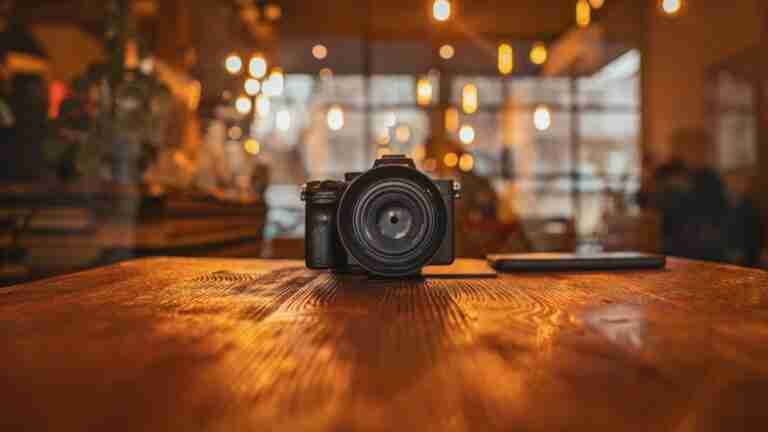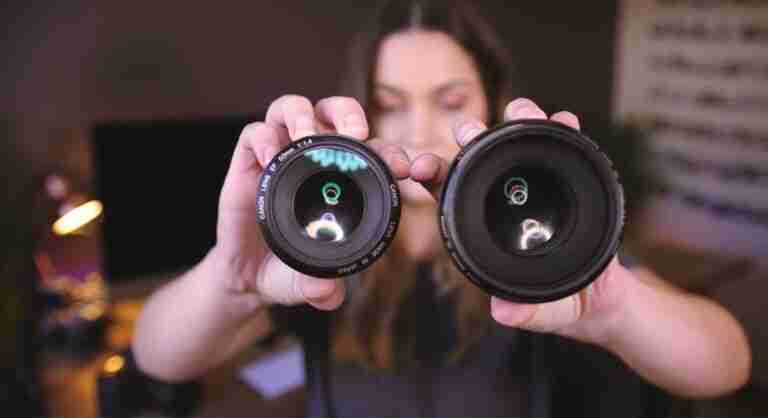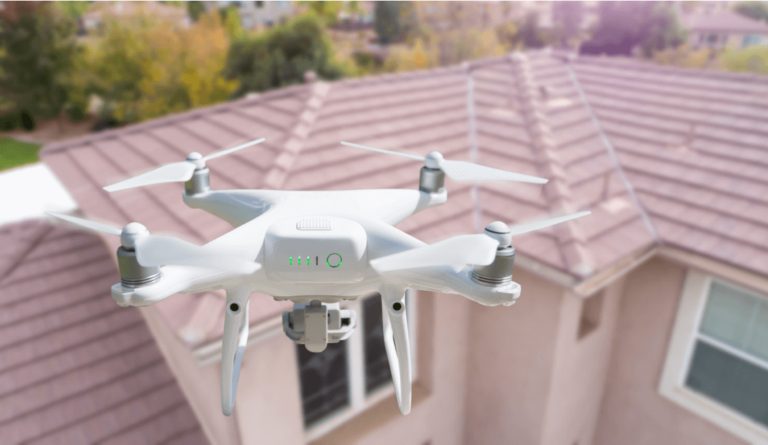14 Best Cameras For Nature Photography
Are you looking for the best cameras for nature photography? Nature photography is one of the most beautiful and popular forms of photography today. Capturing stunning landscapes and wildlife shots provides photographers with a unique connection to the outdoors and the opportunity to explore nature in an entirely new way.
However, nature photography is far from easy and requires specialized gear in order to take the best shots possible. To make the task of finding the best camera for your nature photography needs a little easier, we have compiled a list of 14 of the best cameras for nature photography on the market today.
The following cameras cover a wide range of price points to suit both professional and more casual photographers alike, and each has its own set of pros and cons that must be weighed before making a purchase. By reading on, you will gain a better understanding of what each camera has to offer and which one will be the best fit for your individual needs.
Contents
- 1. Canon EOS 7D Mark II
- 2. Sony Alpha 6000
- 3. Nikon D850
- 4. Sony A6300
- 5. Panasonic Lumix LX100 II
- 6. Nikon Coolpix P1000
- 7. Fujifilm X-T20
- 8. Canon EOS 5D Mark IV
- 9. Nikon D750
- 10. Olympus OM-D EM-1 Mark II
- 11. Fujifilm X-T2
- 12. Canon PowerShot G7 X Mark II
- 13. Sony Alpha A7R III
- 14. Panasonic GX850
- Final Thoughts On Best Cameras For Nature Photography
1. Canon EOS 7D Mark II
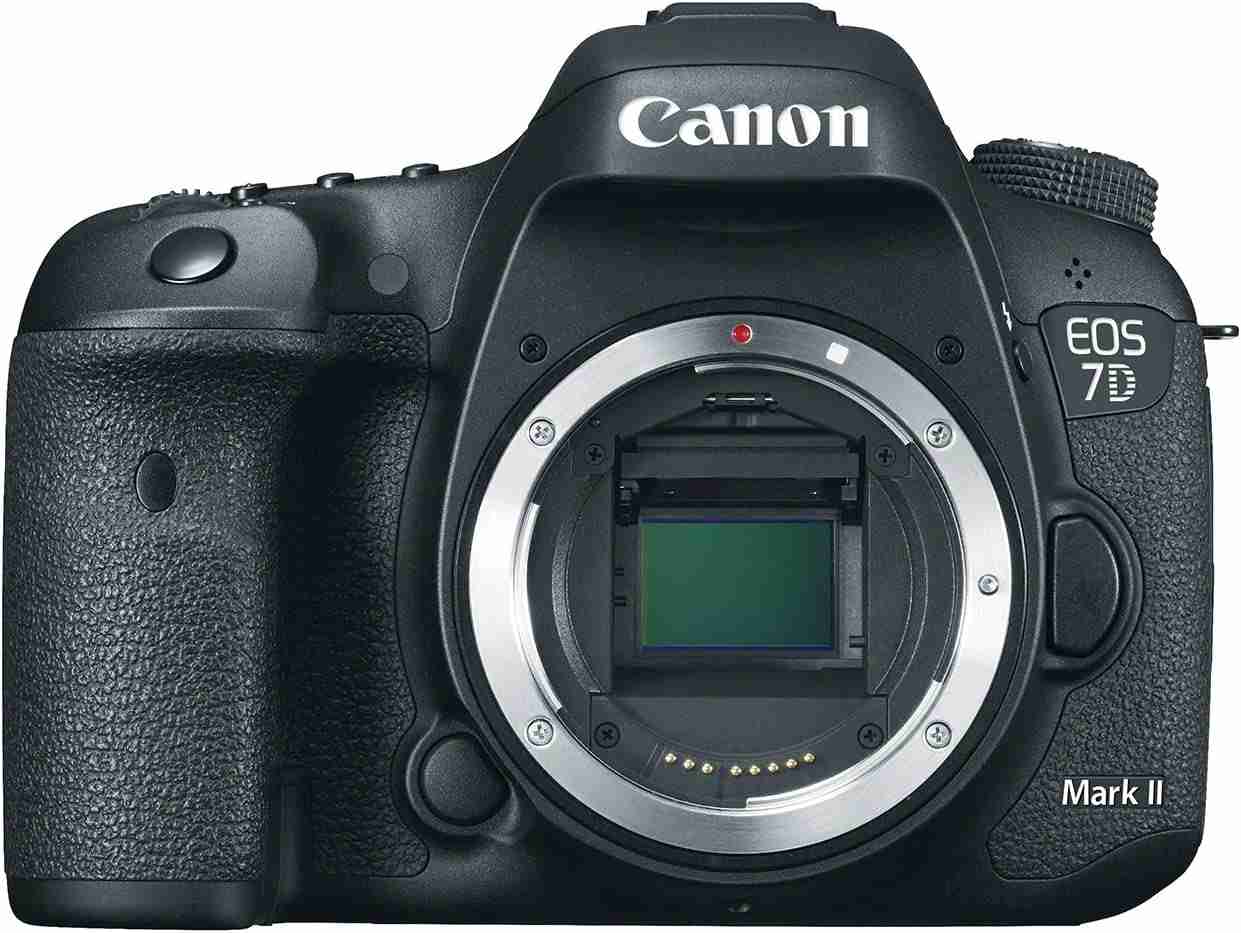
The Canon EOS 7D Mark II is an excellent choice for outdoors photographers, as it offers an excellent range of features in a compact, weather-resistant body. It has a 20.2 megapixel APS-C sensor and dual “DIGIC 6” image processors, meaning it is capable of capturing sharp images with accurate colours even in low-light situations. Additionally, the 7D Mark II has a continuous shooting rate of up to 10 frames per second, making it great for capturing wildlife shots.
Pros:
– 20.2 megapixel APS-C sensor
– Weather-resistant body
– Dual “DIGIC 6” image processors
– Continuous shooting rate of up to 10 fps
Cons:
– Expensive
– Limited ISO range
2. Sony Alpha 6000

For those on a budget, the Sony Alpha 6000 is an excellent choice. It is a mirrorless camera with a 24.2 megapixel APS-C sensor and Bionz X processor, making it comparable to the Canon 7D Mark II in terms of image quality. Additionally, it also offers an impressive 11 frames per second continuous shooting rate and a range of other features.
Pros:
– 24.2 megapixel APS-C sensor
– Highly customizable
– Bionz X processor
– 11fps continuous shooting rate
Cons
– Limited battery life
– Slower autofocus
3. Nikon D850

For the seasoned professional, the Nikon D850 offers the best of both worlds. It is a full-frame DSLR with a 45.7 megapixel back-illuminated sensor, making it capable of producing stunningly detailed images. It is also equipped with an impressive 153-point autofocus system, 4K video recording, and a continuous shooting rate of up to 7 fps.
Pros:
– 45.7 megapixel back-illuminated sensor
– 153-point autofocus system
– 4K video recording
– Continuous shooting rate of up to 7 fps
Cons:
– Expensive
– No built-in flash
4. Sony A6300
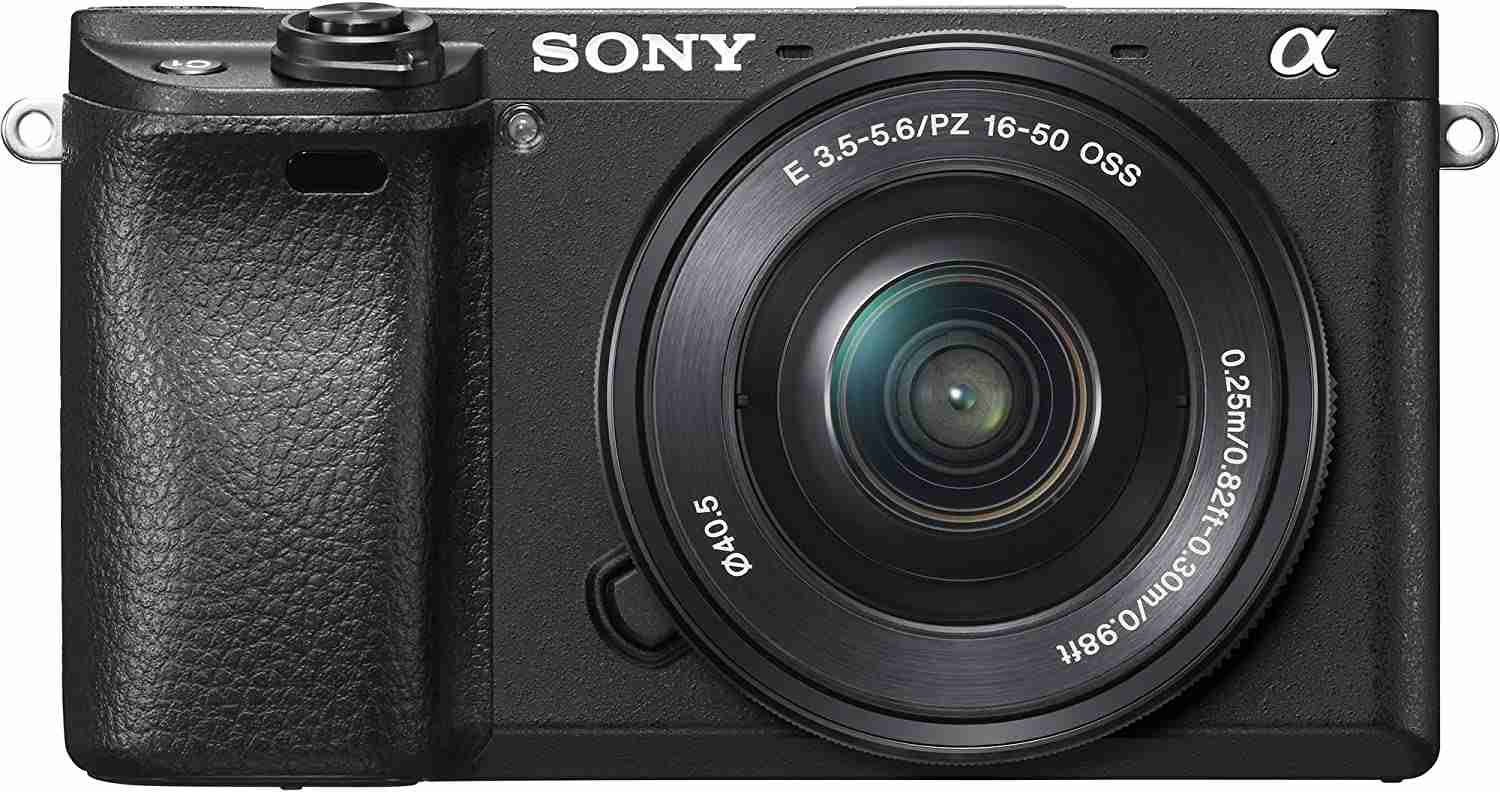
The Sony A6300 is the perfect choice for nature photographers who want good image quality and fast performance in a compact body. It has a 24.2 megapixel APS-C sensor, and thanks to its built-in 4D Focus system, it is capable of focusing in just 0.05 seconds for sharp, blur-free shots. Additionally, it can shoot at up to 11 fps and records 4K video.
Pros:
– 24.2 megapixel APS-C sensor
– Built-in 4D Focus system
– Fast focusing and shooting rate
– 4K video recording
Cons:
– Small viewfinder
– 3-axis stabilization
5. Panasonic Lumix LX100 II
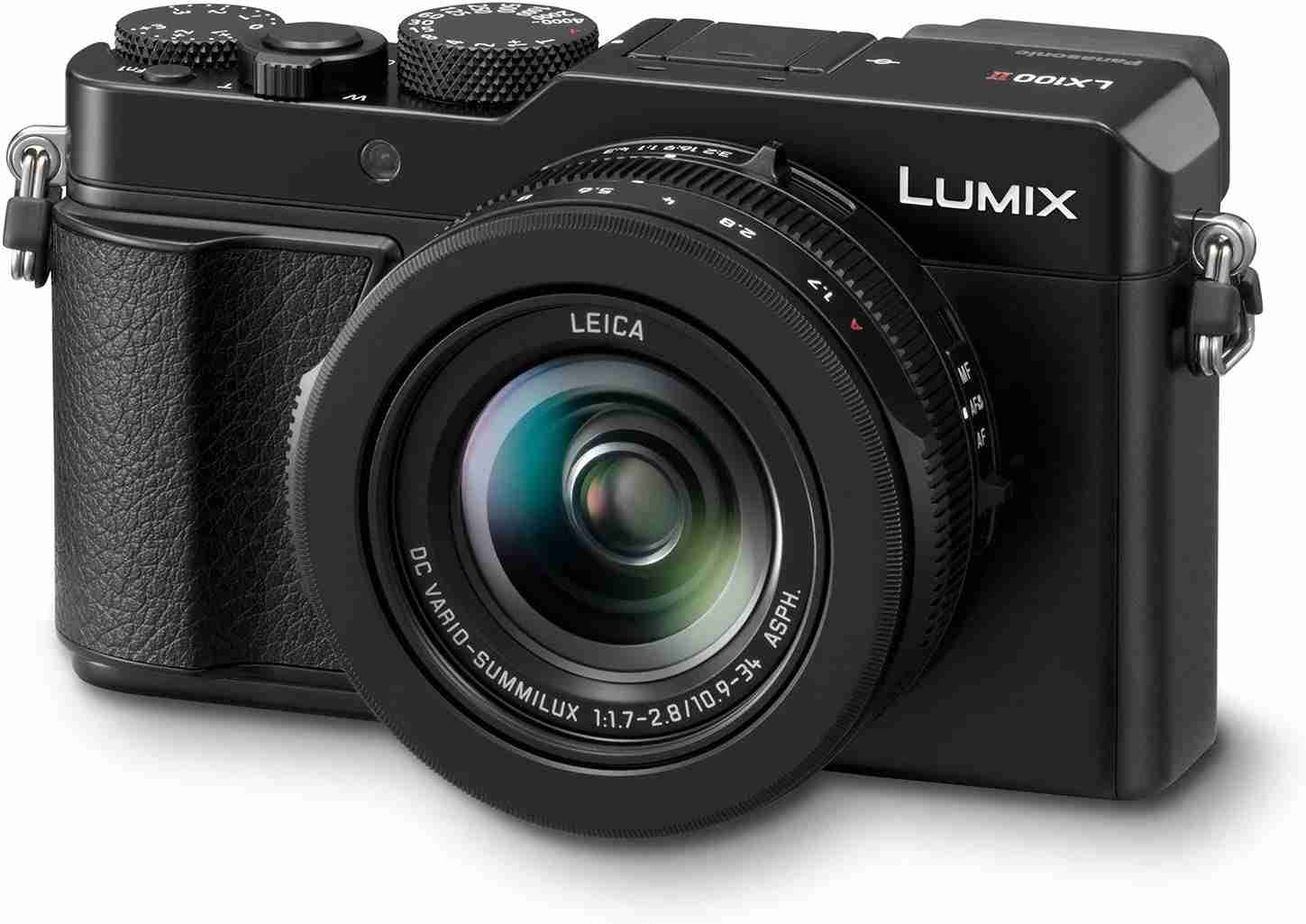
The Panasonic Lumix LX100 II is a great choice for those who want a compact camera to take with them on outdoor adventures. It has a 17 megapixel Four Thirds sensor, making it capable of capturing excellent images with minimal noise. Additionally, it also offers 4K video recording, a fast autofocus system, and a 12 fps continuous shooting rate.
Pros:
– 17 megapixel Four Thirds sensor
– 4K video recording
– Fast autofocus system
– 12 fps continuous shooting rate
Cons:
– No sensor stabilization
– Low-light performance not as good as some other models
6. Nikon Coolpix P1000

The Nikon Coolpix P1000 offers a unique combination of features and capabilities, making it a great option for nature photography enthusiasts. It has a 24.2 megapixel sensor, a 125x (24-3000mm) optical zoom lens, 4K video recording, and a continuous shooting rate of up to 7 fps. This allows you to get close-up shots of even distant wildlife without having to compromise on image quality.
Pros:
– 24.2 megapixel sensor
– 125x (24-3000mm) optical zoom lens
– 4K video recording
– Continuous shooting rate up to 7 fps
Cons:
– Slow autofocus
– Some image noise when shooting in low-light
7. Fujifilm X-T20
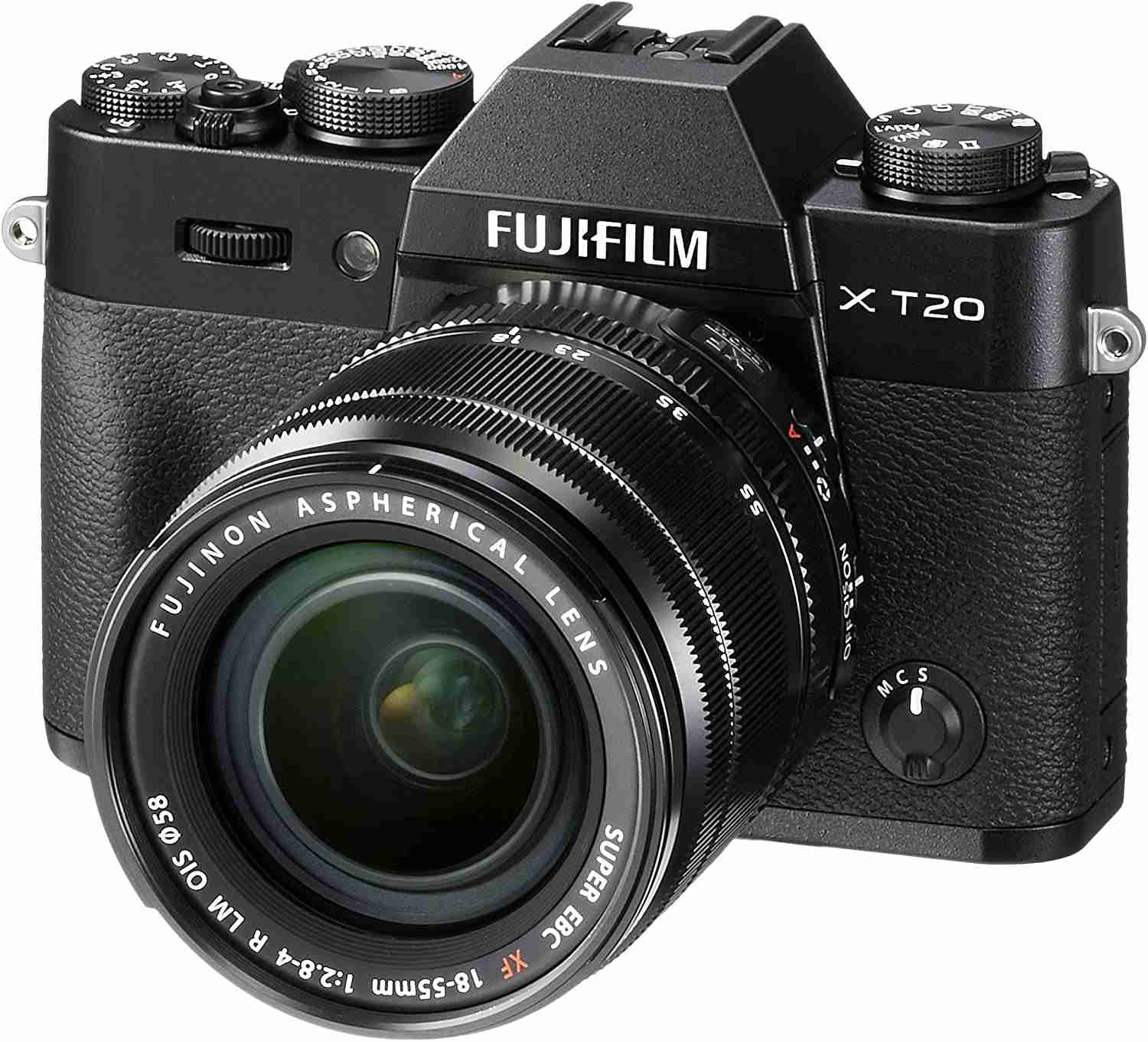
The Fujifilm X-T20 is a great choice for those who want a full-featured camera with excellent image quality in a small package. It has a 24.3 megapixel APS-C sensor, and the X-Trans CMOS III processor allows it to take sharp, vibrant photos, even in lower light. Additionally, it also offers 8 fps continuous shooting and 4K video recording.
Pros:
– 24.3 megapixel APS-C sensor
– X-Trans CMOS III processor
– 8 fps continuous shooting
– 4K video recording
Cons:
– Limited battery life
– No sensor stabilization
8. Canon EOS 5D Mark IV

The Canon EOS 5D Mark IV is the perfect choice for professional nature photographers who need the very best in image quality and performance. It has a 30.4 megapixel full-frame sensor, dual “DIGIC 6+” image processors, and a 61-point autofocus system, making it capable of producing stunningly detailed images with accurate colours, even in lower light. Additionally, it also offers 7 fps continuous shooting, 4K video recording, and a range of advanced features.
Pros:
– 30.4 megapixel full-frame sensor
– Dual “DIGIC 6+” image processors
– 61-point autofocus system
– 7 fps continuous shooting
– 4K video recording
Cons:
– Expensive
– No built-in flash
9. Nikon D750

The Nikon D750 is the perfect choice for those who want professional-grade performance and features in a significantly smaller and more affordable package. It has a 24.3 megapixel full-frame sensor, a 51-point autofocus system, and shoots at up to 6.5 fps. Additionally, it also offers full 1080p HD video recording and a range of advanced features.
Pros:
– 24.3 megapixel full-frame sensor
– 51-point autofocus system
– 6.5 fps continuous shooting
– 1080p HD video recording
Cons:
– No 4K video recording
– No built-in flash
10. Olympus OM-D EM-1 Mark II
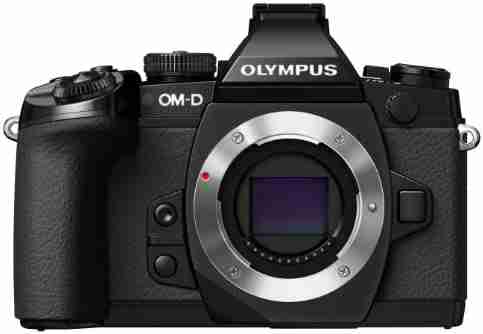
The Olympus OM-D EM-1 Mark II is an excellent choice for those who want a versatile camera that can handle any situation. It has a 20.4 megapixel Live MOS sensor and dual TruPic VII image processors, allowing it to capture sharp, vibrant images, even in low light. Additionally, it offers a range of features such as 5-axis image stabilization, a 60 fps burst shooting rate, and 4K video recording.
Pros:
– 20.4 megapixel Live MOS sensor
– Dual TruPic VII image processors
– 5-axis image stabilization
– 60 fps burst shooting rate
– 4K video recording
Cons:
– No built-in flash
– Small viewfinder
11. Fujifilm X-T2

The Fujifilm X-T2 is an excellent choice for outdoor, action, and wildlife photography. It has a 24.3 megapixel APS-C sensor, and thanks to its fast autofocus system and 8 fps shooting rate, it can capture crisp, blur-free shots of even fast-moving wildlife. Additionally, it offers 4K video recording, and its weather-resistant design makes it perfect for outdoor use.
Pros:
– 24.3 megapixel APS-C sensor
– Fast autofocus system
– 8 fps shooting rate
– 4K video recording
– Weather-resistant design
Cons:
– Expensive
– No built-in flash
12. Canon PowerShot G7 X Mark II

The Canon PowerShot G7 X Mark II is the perfect choice for those who need a compact camera for nature photography. It offers a 1-inch 20.1 megapixel CMOS sensor and a 4.2x optical zoom lens, which is great for capturing up-close shots of wildlife. Additionally, it also offers full 1080p HD video recording and a range of advanced features.
Pros:
– 1-inch 20.1 megapixel CMOS sensor
– 4.2x optical zoom lens
– Full 1080p HD video recording
– Compact and lightweight design
Cons:
– Limited functionality in manual mode
– Slow autofocus
13. Sony Alpha A7R III

The Sony Alpha A7R III is an excellent choice for those who want a high-end full-frame camera. It has a 42.4 megapixel backside-illuminated CMOS sensor, and with its 399-point autofocus system and 10 fps continuous shooting rate, it is capable of capturing blur-free images with accurate colours, even in low light. Additionally, it offers 4K video recording, and its 5-axis image stabilization makes it great for handheld shooting.
Pros:
– 42.4 megapixel backside-illuminated CMOS sensor
– 399-point autofocus system
– 10 fps continuous shooting rate
– 4K video recording
– 5-axis image stabilization
Cons:
– Expensive
– No built-in flash
14. Panasonic GX850
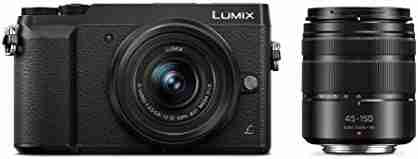
The Panasonic GX850 is a great choice for those who want a compact camera with excellent image quality. It has a 16 megapixel Micro Four Thirds sensor, and thanks to its 4K Photo and Post Focus features, it is capable of capturing stunningly detailed images of fast-moving wildlife. Additionally, it also offers full HD video recording and a range of advanced features.
Pros:
– 16 megapixel Micro Four Thirds sensor
– 4K Photo & Post Focus features
– Full HD video recording
– Compact and lightweight design
Cons:
– Limited battery life
– No viewfinder
Final Thoughts On Best Cameras For Nature Photography
Choosing the right camera for your nature photography needs can be a difficult decision, but with the right research and knowledge, it can be made easier. We hope this list of 14 of the best cameras for nature photography has given you a good overview of what each camera has to offer, and which one is the right fit for your individual needs. So, now that you know what’s out there, go forth and get shooting!
- What Cameras Can You Use on PS5? A Compatibility Guide in 2024 - January 14, 2024
- What Cameras Support Windows Hello? A Guide to Compatible Devices - January 13, 2024
- 11 Best Cameras For Security With Night Vision In 2024 - August 9, 2023


